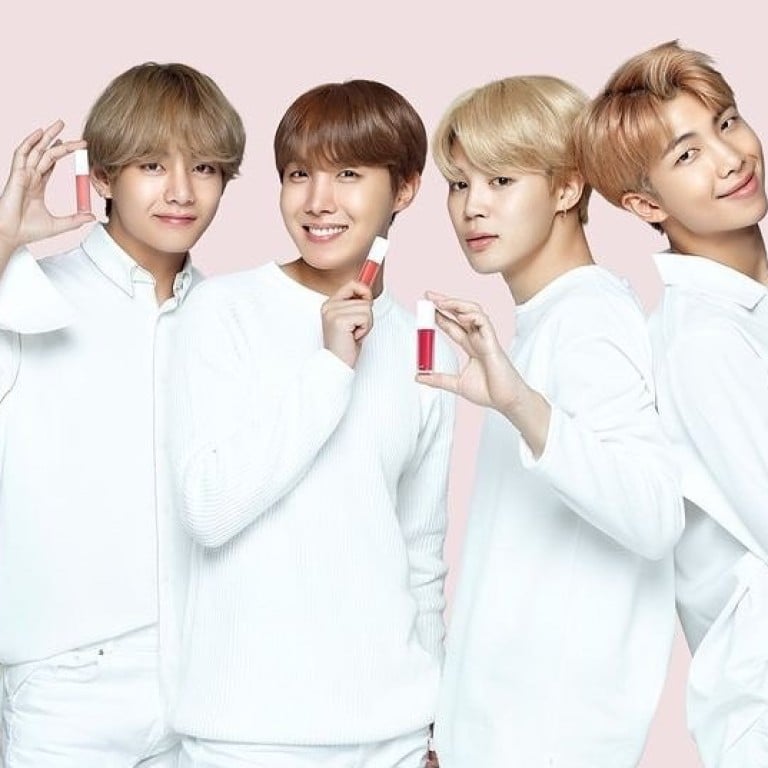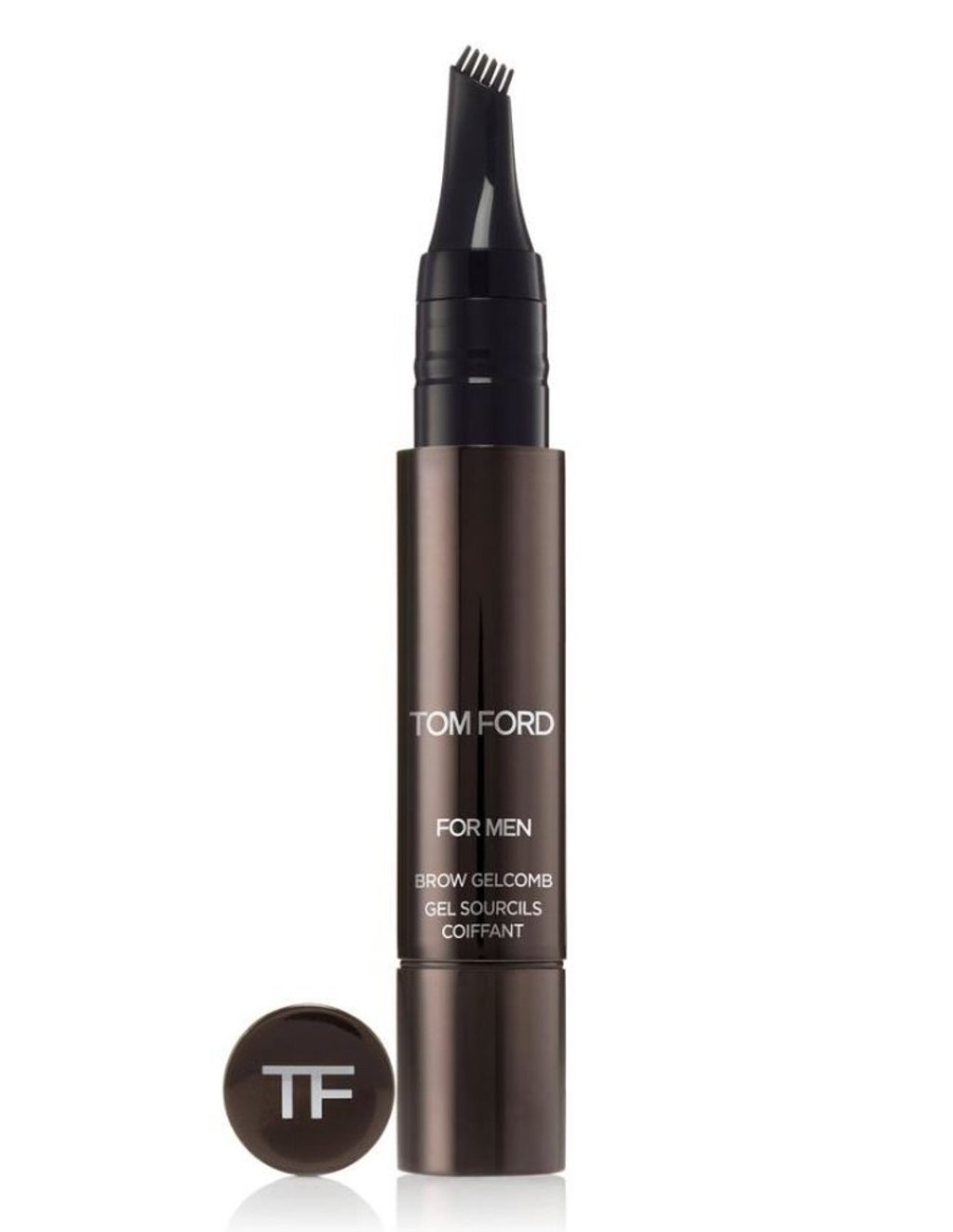This is how BTS look so good – make-up for men, already popular in Korea, is now the norm for millennial and Gen Z male consumers

Chanel, Tom Ford and luxury brands join mainstream companies in creating make-up products for men, already popular with K-pop bands such as BTS
Remember the days when men had to be either rock stars or Captain Jack Sparrow to pull off smudgy black “guyliner”? It seems like that’s where cosmetics began and ended for men in the 90s and early 2000s.
But today, if you browse through the men’s section of ASOS, the London-based company which targets millennials and Generation Z consumers, you will find a dedicated make-up section listing thousands of unisex and men’s-only beauty products.
One such product is the Liquid Foundation for Men by MMUK (Men’s Make-Up UK), which was voted in the September 2012 issue of Men’s Health as the world’s best male face make-up.
“Men’s grooming has come a long way since the soap-and-water thing,” says the product description of the light-to-medium coverage foundation.

According to a study by YouGov, the global public opinion and data company, the 18 to 34 age customer base is where we see the male beauty industry on the up-and-up. The study says a third of younger men use beauty products to make them look better.
Additionally, 29 per cent of male millennials abide by a regular skin regimen. (So if your boyfriend or hubby is still on that janky soap bar, perhaps now is the time to switch gears.)
But it’s not just ASOS and millennial start-ups that are taking note of this uprise in men’s make-up; established luxury beauty brands are also trying to cash in on the demographic.
Tom Ford Beauty offers a men's line, which includes a Brow Gelcomb developed exclusively for men's eyebrows. There is also a Brow Definer, Bronzing Gel and Hydrating Lip Balm in the collection.

Chanel unveiled its first cosmetics range for men, Boy de Chanel, in January 2019, which come in a sophisticated matt-touch, midnight blue packaging.
